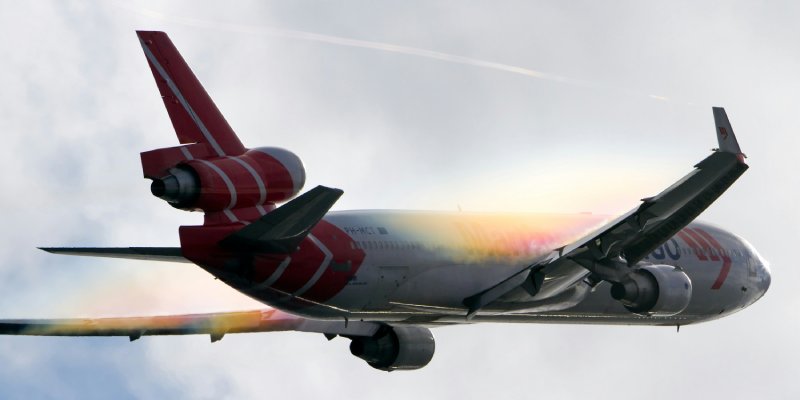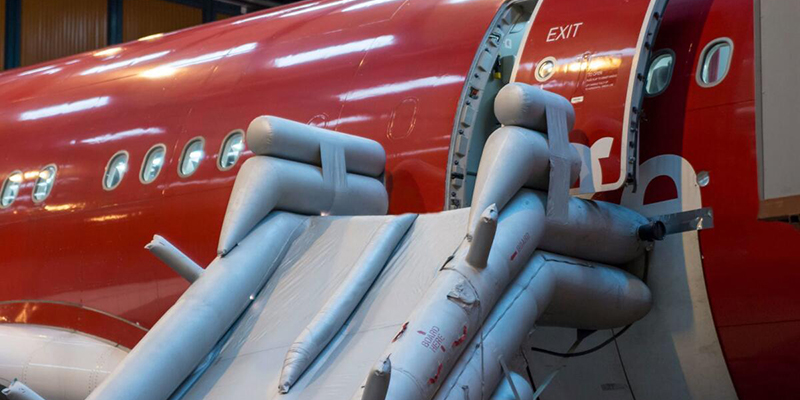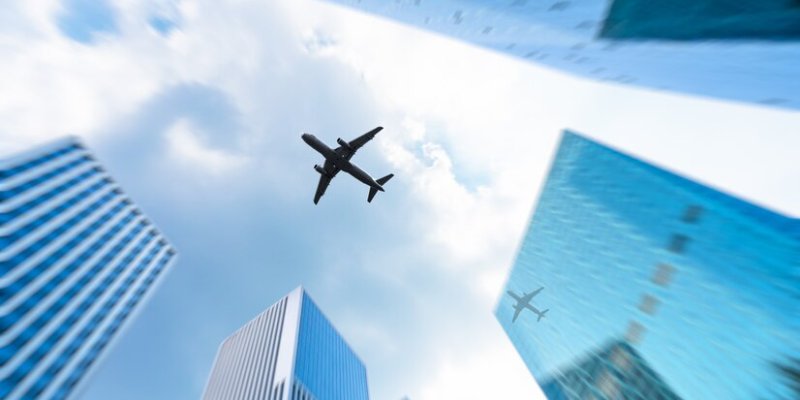Cabin crew members face unique challenges during long flights, requiring effective time management to ensure passenger safety and comfort while also maintaining their own well-being. Here’s how they manage their time effectively during these extended journeys:
1. Pre-Flight Preparation
Before each flight, cabin crew members engage in thorough preparations that set the stage for a successful journey. This includes:
- Briefing Sessions: Attending pre-flight briefings to discuss flight details, passenger needs, and safety protocols.
- Cabin Checks: Conducting inspections of the aircraft to ensure that safety equipment is functional and that the cabin is clean and ready for passengers.
2. Utilizing Downtime
During long flights, there are often periods when passengers are sleeping or not requiring immediate attention. Cabin crew members use this downtime effectively by:
- Completing Paperwork: Using quiet moments to catch up on necessary documentation or communicate with colleagues via email(Is this possible).
- Resting in Designated Areas: On long-haul flights, crew members typically have access to rest areas where they can take breaks. These areas may include bed bunks or curtained-off sections of the cabin, allowing them to recharge for the next service period.
3. Structured Rest Periods
Airlines implement structured rest periods during long-haul flights to ensure crew members remain alert and capable of providing high-quality service:
- Rotating Shifts: Cabin crew members are assigned specific rest times that can range from one hour to several hours, depending on the flight duration. This rotation allows continuous service while ensuring that staff have adequate recovery time.
- Comfortable Rest Conditions: Crew members prepare for rest by using pillows and blankets provided in the crew rest compartments, maximizing their comfort during downtime.
4. Effective Communication
Communication is key for managing time efficiently during flights:
- Team Coordination: Cabin crew members coordinate with each other to ensure smooth operations, sharing responsibilities for passenger service and safety checks.
- Passenger Interaction: They remain attentive to passenger needs, addressing requests promptly while balancing their own workload.
5. Maintaining Health and Well-Being
Given the physical and mental demands of long flights, cabin crew prioritize their health through various strategies:
- Staying Hydrated and Eating Well: Crew members focus on consuming nutritious meals and staying hydrated to maintain energy levels throughout the flight.
- Incorporating Short Breaks: Even brief breaks for stretching or walking around can help reduce fatigue and improve focus during long working hours.
6. Post-Flight Duties
After landing, cabin crew members have additional responsibilities that require effective time management:
- Final Cabin Checks: Conducting thorough checks of the cabin to ensure no personal items are left behind and that everything is in order before disembarking.
- Debriefing Sessions: Participating in post-flight debriefings with colleagues to discuss any issues encountered during the flight and share feedback for future improvements.
Conclusion
Managing time effectively during long flights is crucial for cabin crew members as they balance passenger service with their own well-being. By utilizing downtime wisely, adhering to structured rest periods, maintaining open communication, and prioritizing health, cabin crew can ensure a safe and pleasant flying experience for all passengers while also taking care of themselves. These strategies not only enhance operational efficiency but also contribute to a positive work environment within the aviation industry.







